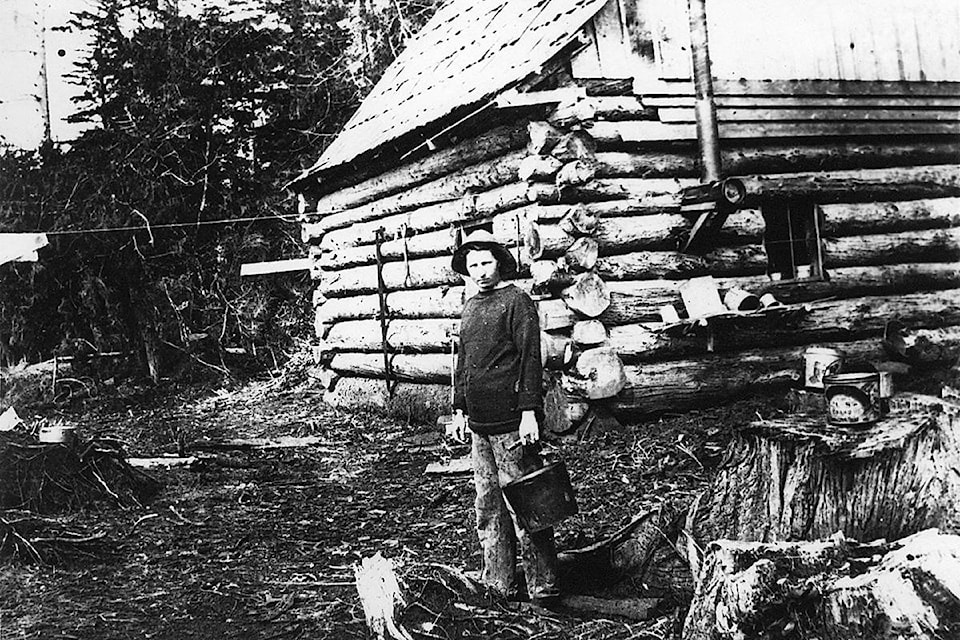By Erika Anderson,
Museum at Campbell River
Camping, a favourite summer pastime, has been more popular than ever this year, with more people looking outside of their normal daily activities to seek the calm influence that nature brings. Cape Scott Provincial Park, at the northern tip of Vancouver Island, provides scenic landscapes that no photographer can resist capturing. In the summertime it’s a busy place with tents lined along the beach, but in the winter this landscape can pose formidable challenges for those brave enough to take it on.
The Naḵa̱mga̱lisala people of the North Island had a summer village called Ouchton in the area we now know as Cape Scott. Edward Curtis mentioned in 1915 that the name of the nation translated to “those of the unprotected bay.” Generations of experience had taught them that although the banks provided abundant supplies of halibut, in the fall it was time to leave and head to more protected areas.
Danish immigrant Rasmus Hansen came ashore in 1894 while commercial fishing in the area. He saw the beautiful lagoon with streams full of salmon, skies full of waterfowl, the remarkable halibut stocks and abundant pasture areas that were ready without the need for the laborious work of clearing land. He saw only promise, which blinded him to the harsh realities of this land. He returned to Seattle and sung the praises of this place and its promise of a life of freedom and cooperative living, to the Danish immigrant community. Life was hard for these immigrants, and many were looking for the opportunity to have their own land. Approximately 90 people enlisted to settle at Cape Scott.
Reality struck quickly. In March 1897 the first two ships arriving with the settlers were wrecked en route. Despite this they came ashore and began the work of creating a new community. One of the first priorities was a big cooperative project – building a dyke at the head of Hanson’s Lagoon. This would protect their fields from being flooded by salt water in the winter. Late in June, the project was complete and the community retreated in celebration. When they awoke the next day, they found that the high June tides had taken the dyke, and almost nothing remained.
In 1907 the last steam ship called at the community, and Provincial politics extinguished the colonists’ hopes of owning the land, so the Danish colony disbanded. Rasmus Hansen and the other colonists spread out and found their way to new communities, mostly in North Vancouver Island.
A new wave of immigrants arrived in 1909. They also arrived optimistic with the promise of cheap land and freedom. Many took up residence in the abandoned homes of the Danish settlers. But like their predecessors, they were also defeated by the isolation, rain, the wind, the tides, and the ever-encroaching salal.
Now visitors to the park can see some of the remains of these communities. A decaying driftwood fence line, remnants of a building being swallowed by the bush. The only year-round residents that remain are the lighthouse keepers that have been keeping watch since 1960. Cape Scott taught a hearty, enterprising group of people, that despite their best intentions, eventually nature will have her way. Even today, coastal dwellers are constantly reminded not to take the power of the land and sea for granted. So should you find yourself exploring the area, pack your rain gear and make sure your tent is well beyond the high tide line.
